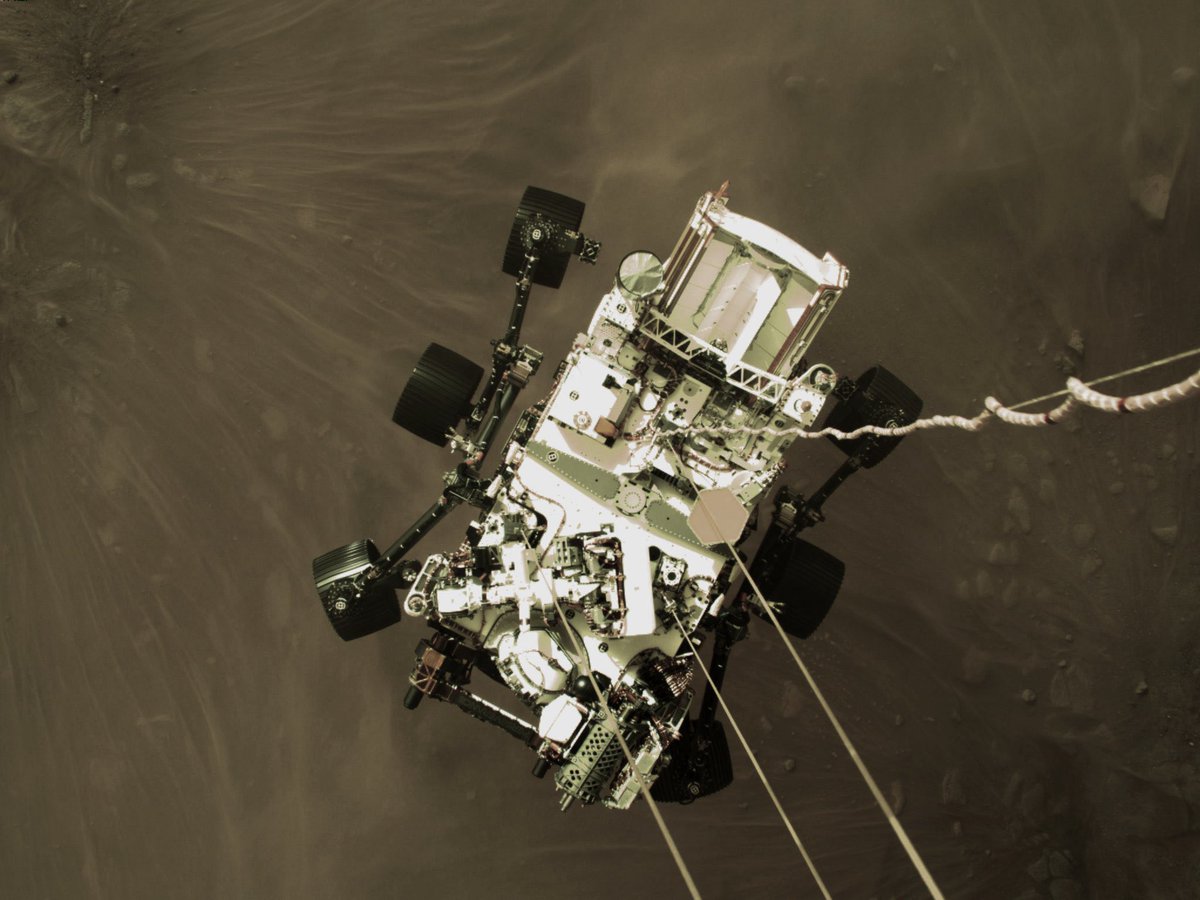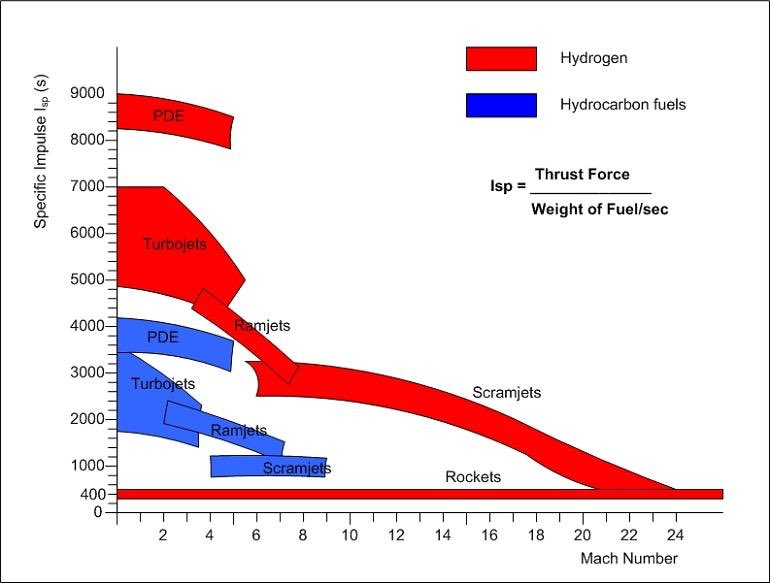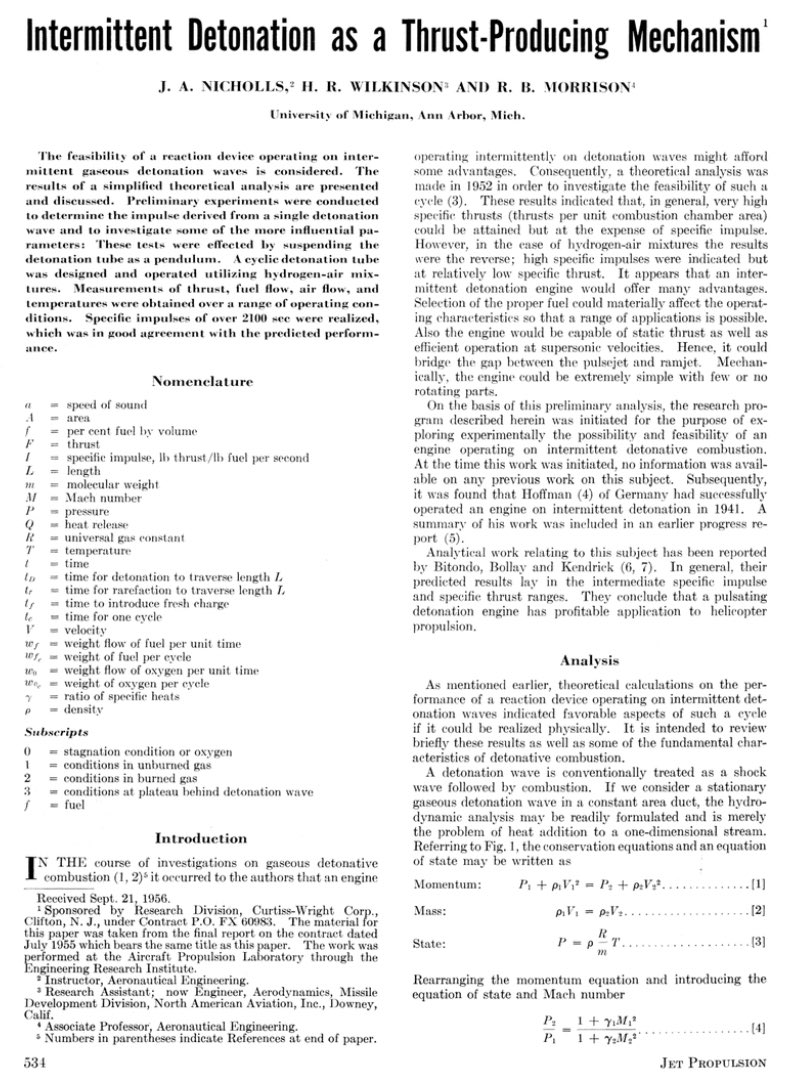
NASA just released some interesting preliminary data from their instrumentation onboard the #Mars2020 lander that delivered #Perseverance
Here’s a quick thread w some thoughts
[TLDR: Mars entry is HOT, but we made the heat shield too big (again)]
Here’s a quick thread w some thoughts
[TLDR: Mars entry is HOT, but we made the heat shield too big (again)]
So to start, let’s turn back the clock to 2012. While you were watching The Walking Dead and the London Olympics, the good folks at NASA were measuring the aerothermal environment of Mars entry for the Mars Science Laboratory (MSL Curiosity) mission
They did this with an instrumentation suite called “MEDLI” which stands for Mars Entry, Descent, & Landing Instrumentation
This contained, among other things, a bunch of heat transfer, pressure, and temperature measurement devices in and around the MSL heat shield
This contained, among other things, a bunch of heat transfer, pressure, and temperature measurement devices in and around the MSL heat shield

One of my favorite anecdotes about the difficulties of modeling hypersonic heat rates and ablation comes from MEDLI
NASA scientists designed a clever experiment to measure the rate of heat shield recession (it basically burns off) during Mars entry using thermocouples onboard
NASA scientists designed a clever experiment to measure the rate of heat shield recession (it basically burns off) during Mars entry using thermocouples onboard

The idea was that as the heat shield material burned away (this is more technically called ablation) the thermocouples would stop transmitting a signal as they were destroyed. So if you bury the thermocouples at different depths in the heat shield, you measure recession. Smart 

The only problem was that we overpredicted the heat transfer rates for MSL & built a heat shield that didn’t lose that much material. So even the first, shallowest thermocouple (8% depth) was not destroyed.
We used <8% of the heat shield!
Figures source: ntrs.nasa.gov/api/citations/…
We used <8% of the heat shield!
Figures source: ntrs.nasa.gov/api/citations/…

Take a closer look at this chart
Notice how the thermocouple with the red dashed line (model) falls off but the solid line (measurement) doesn’t? This is showing how the simulations predicted significantly more ablation (and temp rise) from turbulent heating than what occurred
Notice how the thermocouple with the red dashed line (model) falls off but the solid line (measurement) doesn’t? This is showing how the simulations predicted significantly more ablation (and temp rise) from turbulent heating than what occurred

Fast forward to present-day, and NASA released some top-line results from the MEDLI2 instrumentation suite installed on the Mars 2020 capsule
While more publications will surely follow, you can read more in this initial release here: mars.nasa.gov/news/8903/sens…
While more publications will surely follow, you can read more in this initial release here: mars.nasa.gov/news/8903/sens…
A lot to unpack here already, but a few things jumped out
1) This thing got really hot! And we would expect that for hypersonic entry on Mars, but it’s still impressive to see temperature measurements made on another planet of 1,000 °C (correlating to vehicle surface T 1,400 °C)
1) This thing got really hot! And we would expect that for hypersonic entry on Mars, but it’s still impressive to see temperature measurements made on another planet of 1,000 °C (correlating to vehicle surface T 1,400 °C)

2) We did a good job predicting pressure. This is a little easier to get than say heat transfer, so perhaps expected, but instills some confidence in modeling nonetheless
3) We repeated the same heat shield recession measurement with the buried thermocouples from the OG MEDLI and we STILL didn’t burn up the first thermocouple!
So after two missions we still don’t have recession data and we’re clearly making massive heat shields 🤯
So after two missions we still don’t have recession data and we’re clearly making massive heat shields 🤯
I do wonder how intentional this was. Based on lessons learned from MSL did we try to get away with slimming down the heat shield? Or did we just stick with what worked and accept the weight penalty? I might need to do some reading but it’s curious 🤔
Okay I think they basically used the same design as MSL/Curiosity and were even planning to use the spare heat shield from that mission until it fractured during testing
spaceflightnow.com/2018/04/28/nas…
spaceflightnow.com/2018/04/28/nas…

• • •
Missing some Tweet in this thread? You can try to
force a refresh











